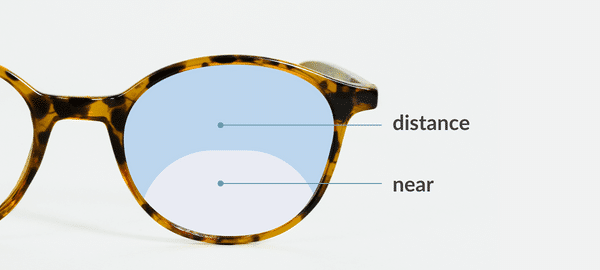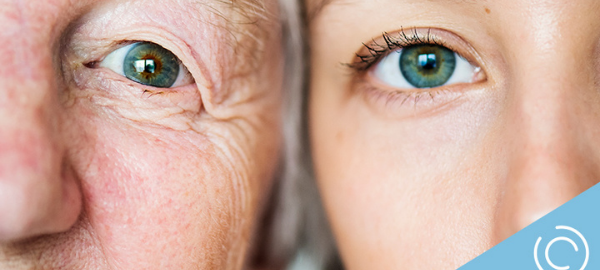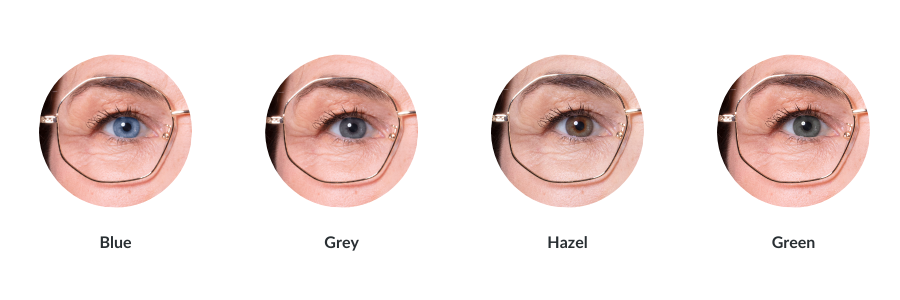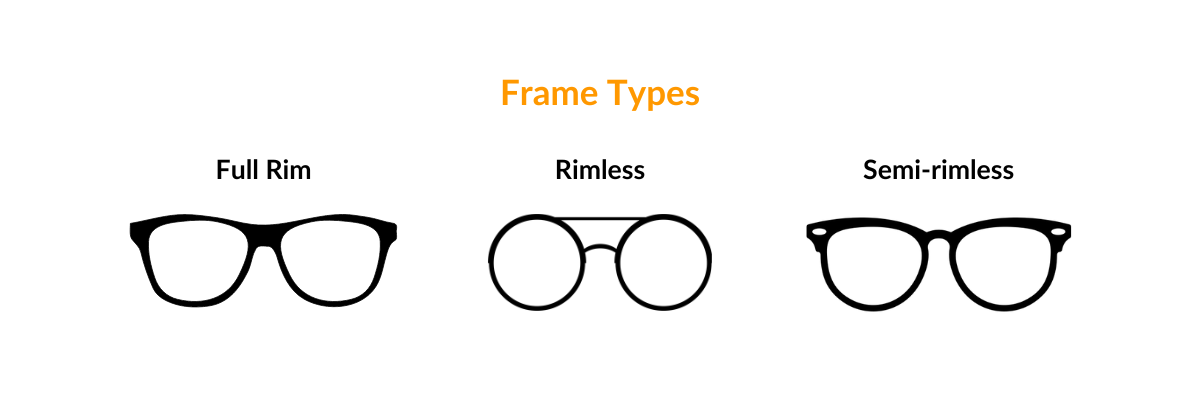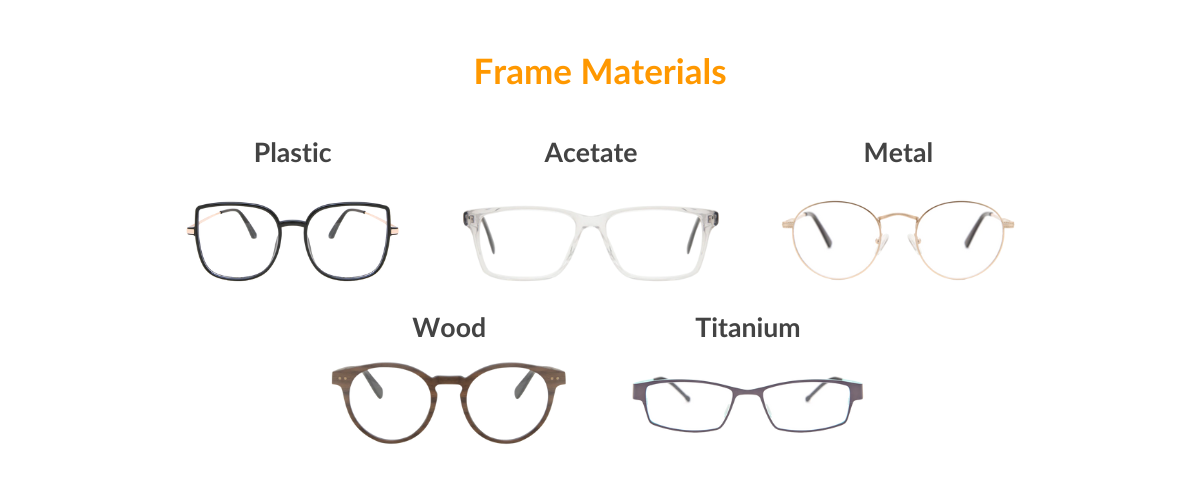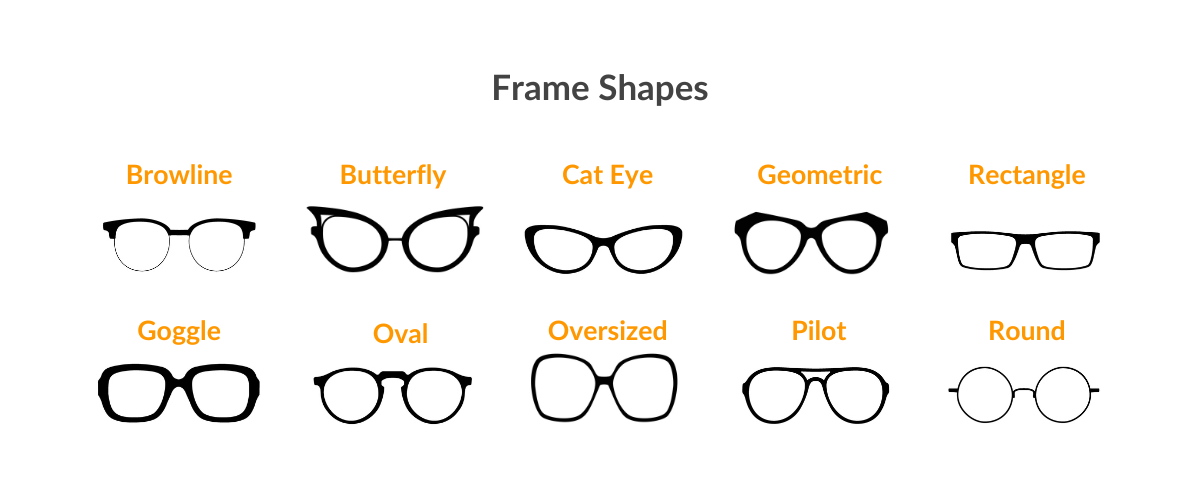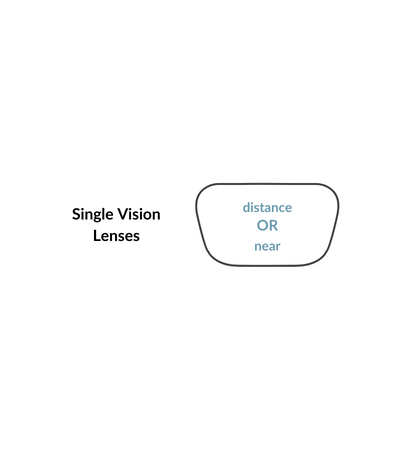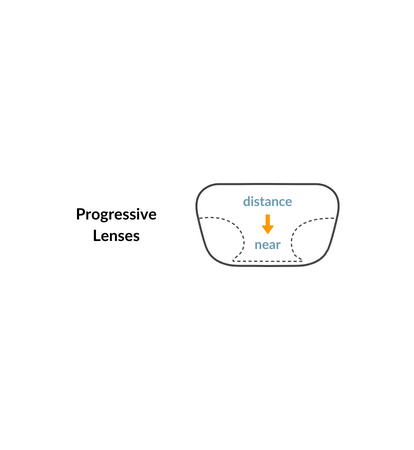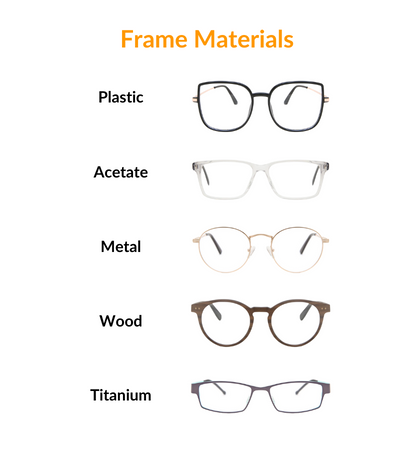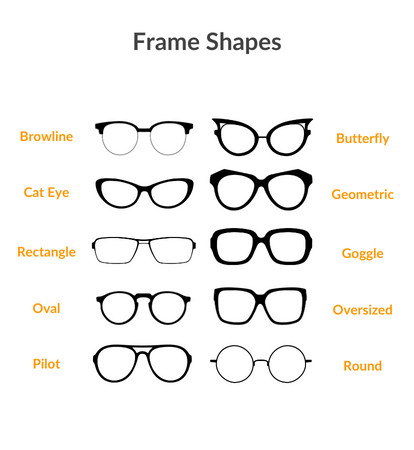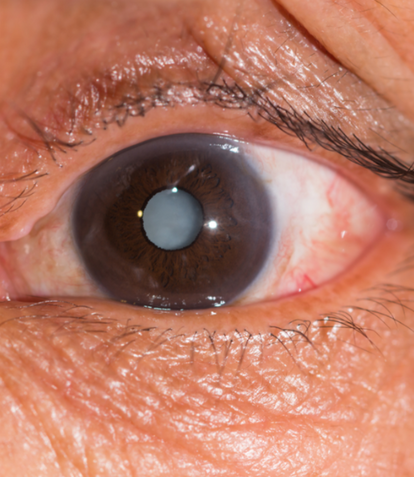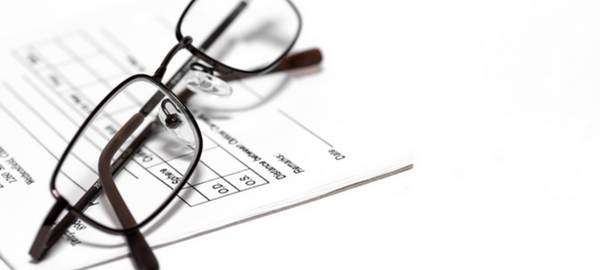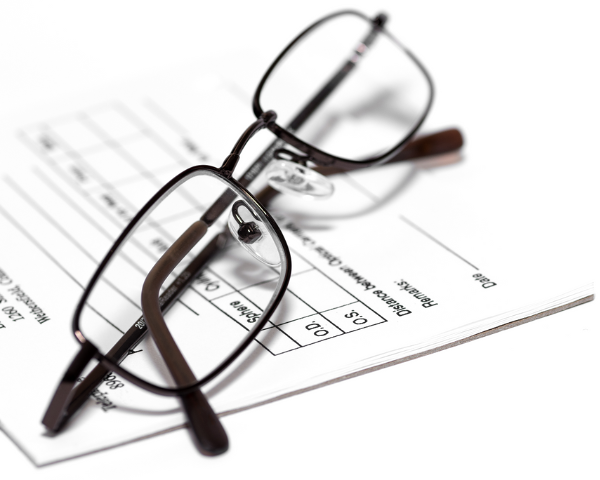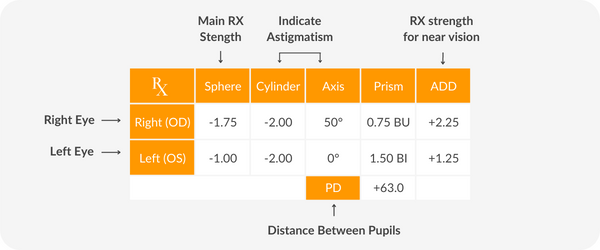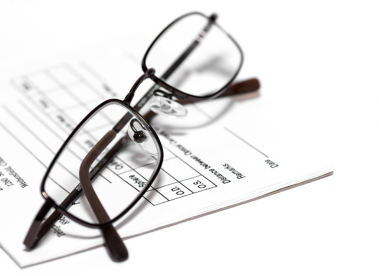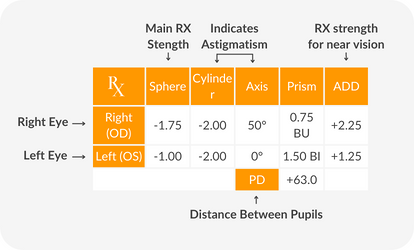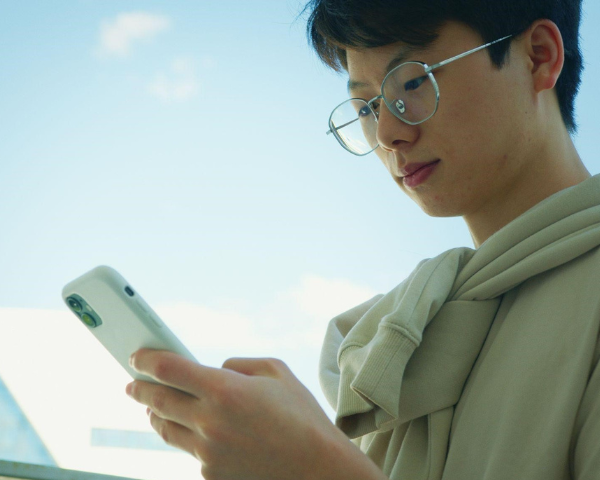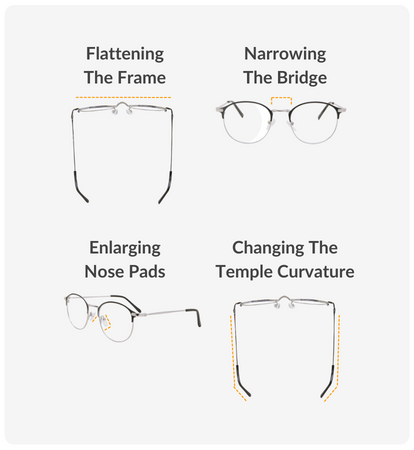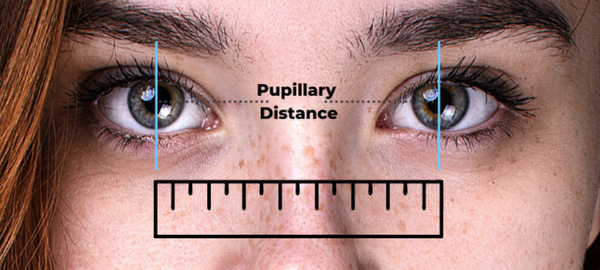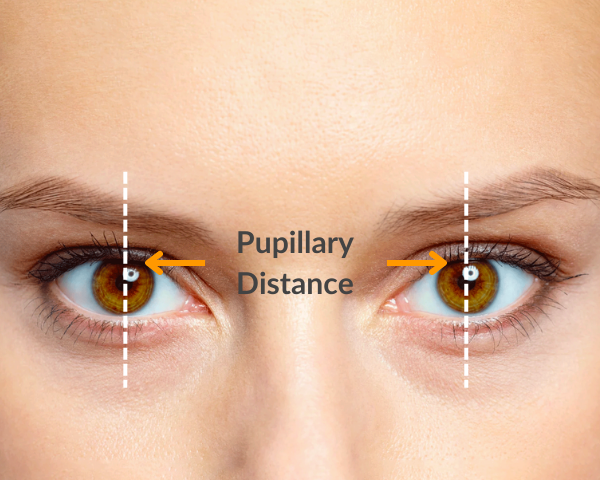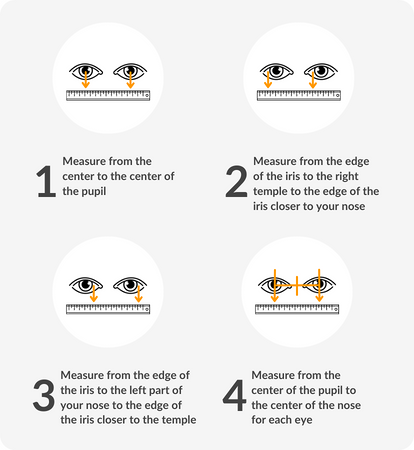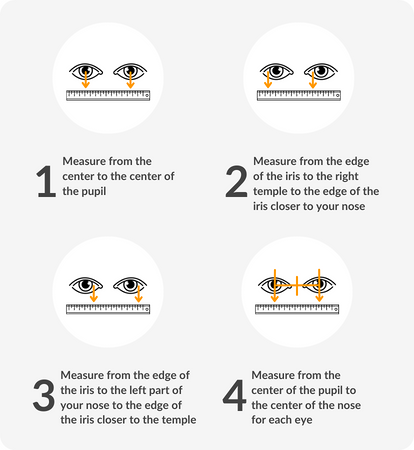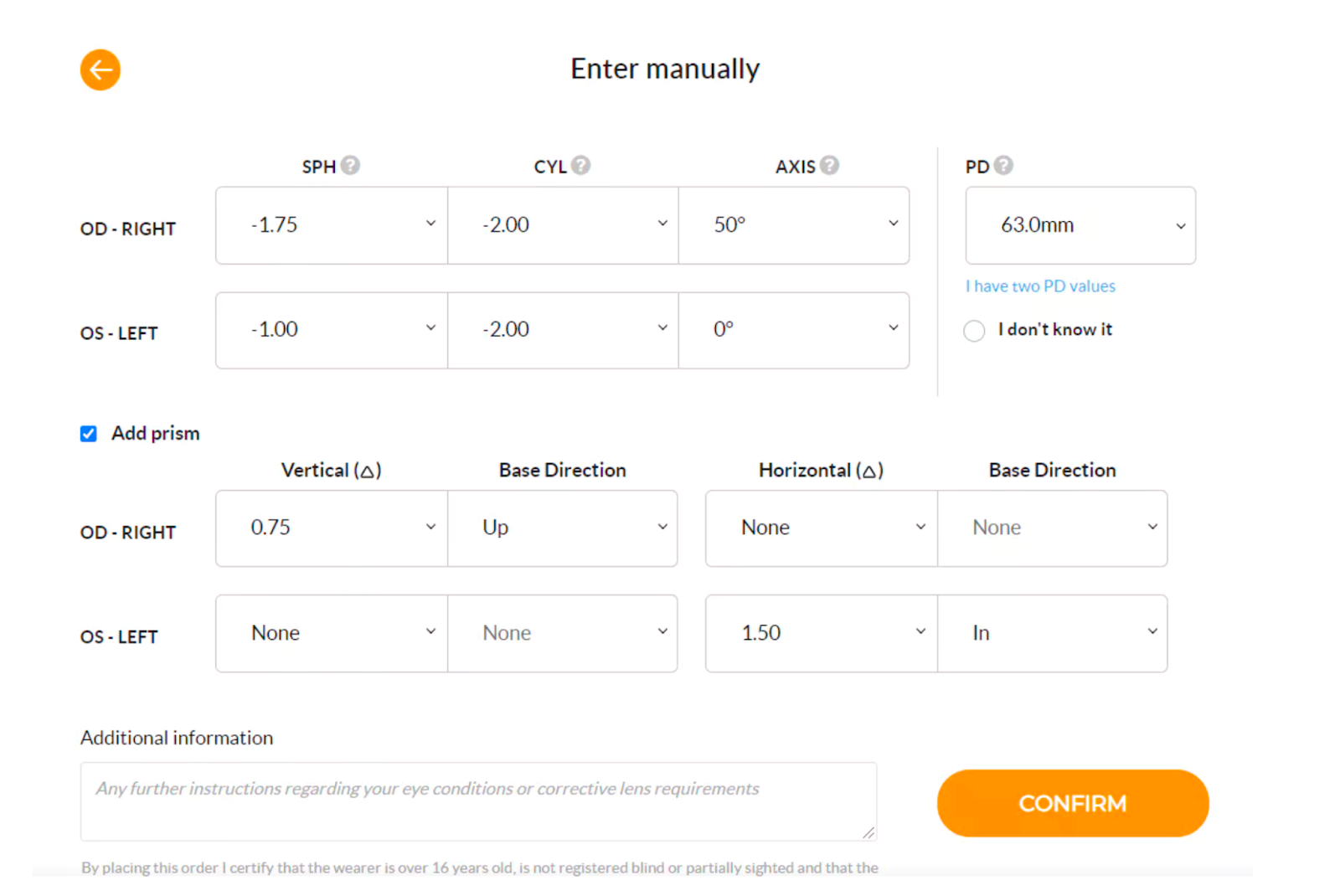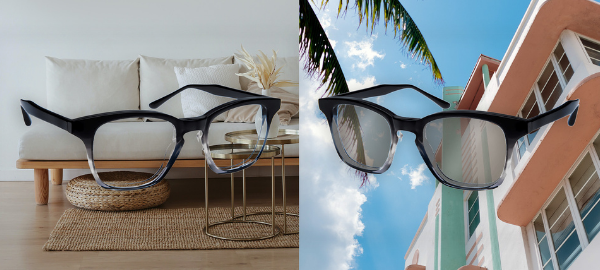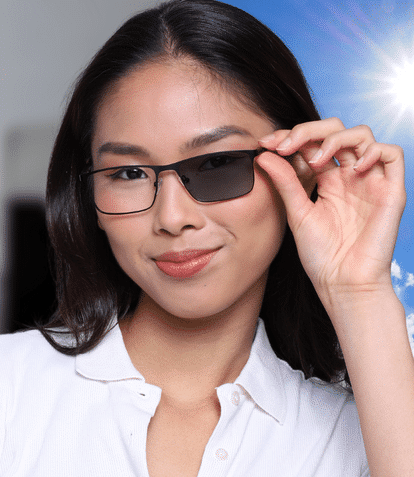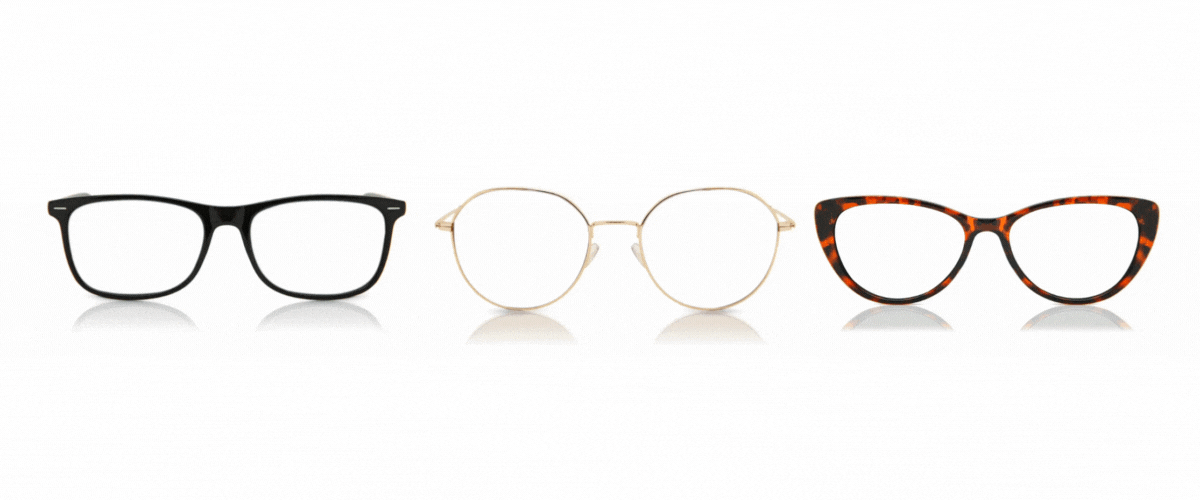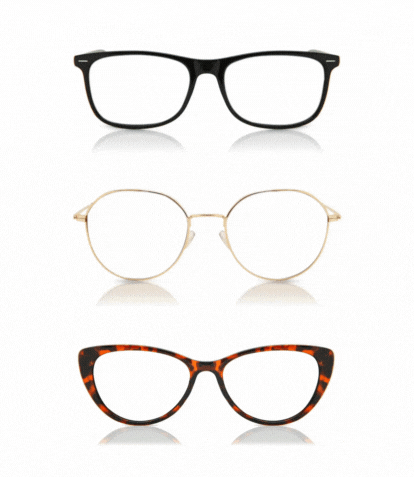

What are Bifocal Glasses?
Bifocal glasses have come a long way since the 1700s when Benjamin Franklin created the first pair. He coined them “double spectacles,” as they contained two different types of lenses in one pair of glasses. If you’re tired of constantly switching between glasses, bifocals might be the solution. And don’t worry, the lenses and style have significantly evolved since Ben Franklin’s pair.
What are bifocals?
Bifocals are unique multifocal lenses that allow you to have one pair of prescription glasses that can improve both near and far eyesight. If you look closely at bifocal lenses, you may notice a difference between the long-distance and close-range lenses, and that’s because they are two different prescriptions. To others looking at you, the difference is almost undetectable. This lens is designed to work as both reading and prescription glasses, all in one frame.
How do bifocal lenses work?
The lens is divided in two, the larger part of the lens, located at the top, is for seeing long-distance. It can help you see far away, read street signs or watch television from across the room. The smaller part, located at the bottom of the lens, allows for improved close-up vision. This part enables you to check your smartphone or read a book. Bifocal lenses may take some time to adjust, but they are easy to use. You use bifocals by moving your eyes depending on the distance you wish to see. Generally, you look up and through the larger portion when looking farther away, and you look down through the smaller segment when focusing on objects nearer to your eyes.
Bifocals are an excellent option for people with presbyopia, an age-related loss of the eyes’ ability to focus on nearby objects. Bifocals can also be worn with contact lenses, making them a versatile option for many.
Bifocal vs progressive lenses
Both bifocal and progressive lenses allow you to transition from near to far prescriptions all in one lens. Both can also be used as a solution for presbyopia and provide comfortable vision for people with multiple prescriptions. While similar, there are a few distinct differences between the two.
Bifocal lenses
- Two vision segments (one for near and one for distance vision)
- Has a distinct line separating the segments
- May cause difficulty reading a computer screen
Progressive lenses
- Progression between all distances (near, intermediate and far vision)
- No distinction between distance powers in the lens (no line)
- Middle segment for better computer vision
While many immediately choose a progressive lens because of the seamless transition, some find the strong distinction between prescriptions in a bifocal lens more comfortable. It is important to consider your lifestyle and preference when choosing your lenses. If you’re curious or want more information, visit our Optical Centre and speak with one of our opticians.
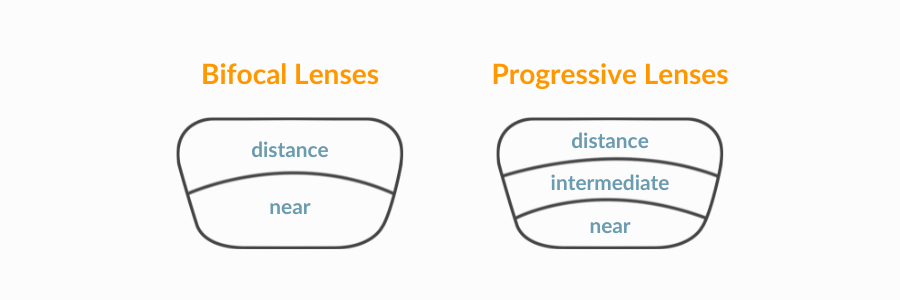
Advantages and disadvantages of bifocal lenses
As is the case with most things, bifocal lenses have advantages and disadvantages. It is important to remember that everyone has different needs when it comes to glasses. Speaking with an optician and finding the right lenses is just as important as how they look.
Advantages
- One pair of glasses for near and far vision
- Typically more affordable than progressive lenses
- May be easier to adjust to than progressive lenses
Disadvantages
- Distinct separation lines may be distracting or “unfashionable”
- Visual distortion is more likely than wearing two separate pairs of glasses
- They may take more time to adjust to than single vision glasses
Can you have LASIK if you wear bifocals?
LASIK is an eye surgery that uses a laser to reshape the cornea. The cornea is the clear tissue that covers the eye and helps focus light. LASIK can treat vision problems such as nearsightedness, farsightedness and astigmatism.
As we’ve discussed, bifocal wearers need glasses for both near and far vision correction. So is LASIK an alternative to regularly wearing bifocals? According to the American Academy of Ophthalmology, people who regularly wear bifocals can undergo a particular form of LASIK called monovision LASIK. Monovision LASIK is when one eye is treated for distance vision and the other for close-up vision.
Another option for bifocal wearers is full distance LASIK, focusing on correcting both eyes for distance. People who choose this form of LASIK will typically continue to wear reading glasses for close-range tasks and computer work.
LASIK may not be a solution for everyone, and speaking with your eye doctor about the procedure, results and possible complications is imperative.
Bifocal lenses
Having progressed since Benjamin Franklin first wore them, bifocals are different from the same old lenses. Bifocals are a great option for people who are sick of switching between glasses. With the ability to wear one pair and see both near and far clearly and accurately, bifocals are an easy and economical solution.
What are Bifocal Glasses?
Bifocal glasses have come a long way since the 1700s when Benjamin Franklin created the first pair. He coined them “double spectacles,” as they contained two different types of lenses in one pair of glasses. If you’re tired of constantly switching between glasses, bifocals might be the solution. And don’t worry, the lenses and style have significantly evolved since Ben Franklin’s pair.
What are bifocals?
Bifocals are unique multifocal lenses that allow you to have one pair of prescription glasses that can improve both near and far eyesight. If you look closely at bifocal lenses, you may notice a difference between the long-distance and close-range lenses, and that’s because they are two different prescriptions. To others looking at you, the difference is almost undetectable. This lens is designed to work as both reading and prescription glasses, all in one frame.
How do bifocal lenses work?
The lens is divided in two, the larger part of the lens, located at the top, is for seeing long-distance. It can help you see far away, read street signs or watch television from across the room. The smaller part, located at the bottom of the lens, allows for improved close-up vision. This part enables you to check your smartphone or read a book. Bifocal lenses may take some time to adjust, but they are easy to use. You use bifocals by moving your eyes depending on the distance you wish to see. Generally, you look up and through the larger portion when looking farther away, and you look down through the smaller segment when focusing on objects nearer to your eyes.
Bifocals are an excellent option for people with presbyopia, an age-related loss of the eyes’ ability to focus on nearby objects. Bifocals can also be worn with contact lenses, making them a versatile option for many.
Bifocal vs progressive lenses
Both bifocal and progressive lenses allow you to transition from near to far prescriptions all in one lens. Both can also be used as a solution for presbyopia and provide comfortable vision for people with multiple prescriptions. While similar, there are a few distinct differences between the two.
Bifocal lenses
- Two vision segments (one for near and one for distance vision)
- Has a distinct line separating the segments
- May cause difficulty reading a computer screen
Progressive lenses
- Progression between all distances (near, intermediate and far vision)
- No distinction between distance powers in the lens (no line)
- Middle segment for better computer vision
While many immediately choose a progressive lens because of the seamless transition, some find the strong distinction between prescriptions in a bifocal lens more comfortable. It is important to consider your lifestyle and preference when choosing your lenses. If you’re curious or want more information, visit our Optical Centre and speak with one of our opticians.
Advantages and disadvantages of bifocal lenses
As is the case with most things, bifocal lenses have advantages and disadvantages. It is important to remember that everyone has different needs when it comes to glasses. Speaking with an optician and finding the right lenses is just as important as how they look.
Advantages
- One pair of glasses for near and far vision
- Typically more affordable than progressive lenses
- May be easier to adjust to than progressive lenses
Disadvantages
- Distinct separation lines may be distracting or “unfashionable”
- Visual distortion is more likely than wearing two separate pairs of glasses
- They may take more time to adjust to than single vision glasses
Can you have LASIK if you wear bifocals?
LASIK is an eye surgery that uses a laser to reshape the cornea. The cornea is the clear tissue that covers the eye and helps focus light. LASIK can treat vision problems such as nearsightedness, farsightedness and astigmatism.
As we’ve discussed, bifocal wearers need glasses for both near and far vision correction. So is LASIK an alternative to regularly wearing bifocals? According to the American Academy of Ophthalmology, people who regularly wear bifocals can undergo a particular form of LASIK called monovision LASIK. Monovision LASIK is when one eye is treated for distance vision and the other for close-up vision.
Another option for bifocal wearers is full distance LASIK, focusing on correcting both eyes for distance. People who choose this form of LASIK will typically continue to wear reading glasses for close-range tasks and computer work.
LASIK may not be a solution for everyone, and speaking with your eye doctor about the procedure, results and possible complications is imperative.
Bifocal lenses
Having progressed since Benjamin Franklin first wore them, bifocals are different from the same old lenses. Bifocals are a great option for people who are sick of switching between glasses. With the ability to wear one pair and see both near and far clearly and accurately, bifocals are an easy and economical solution.






























